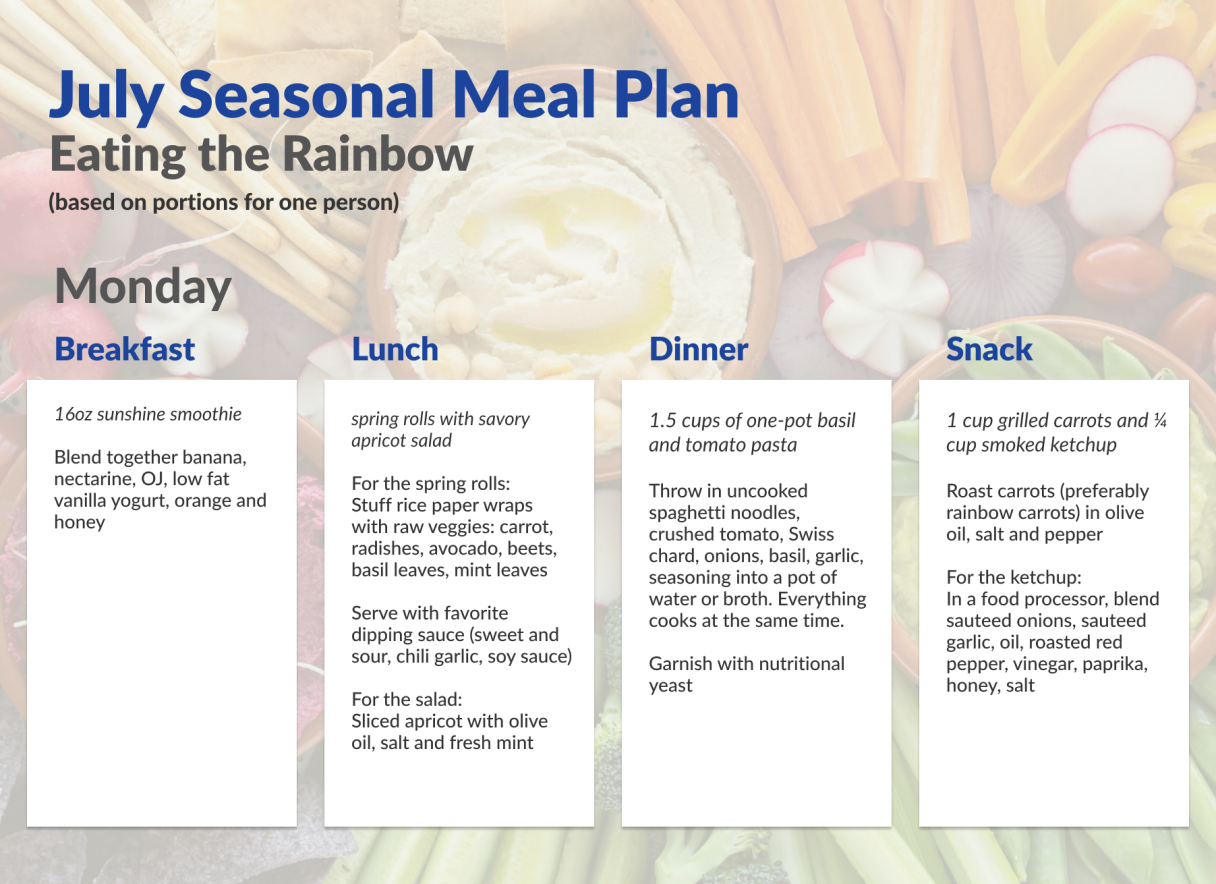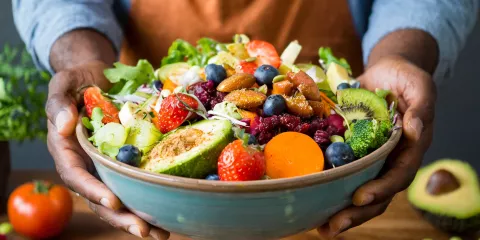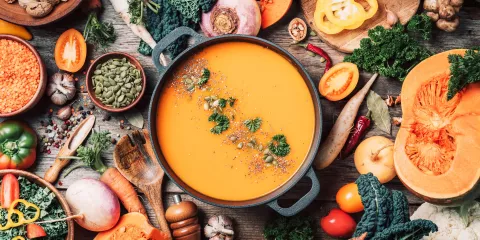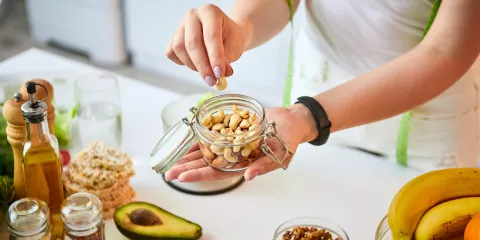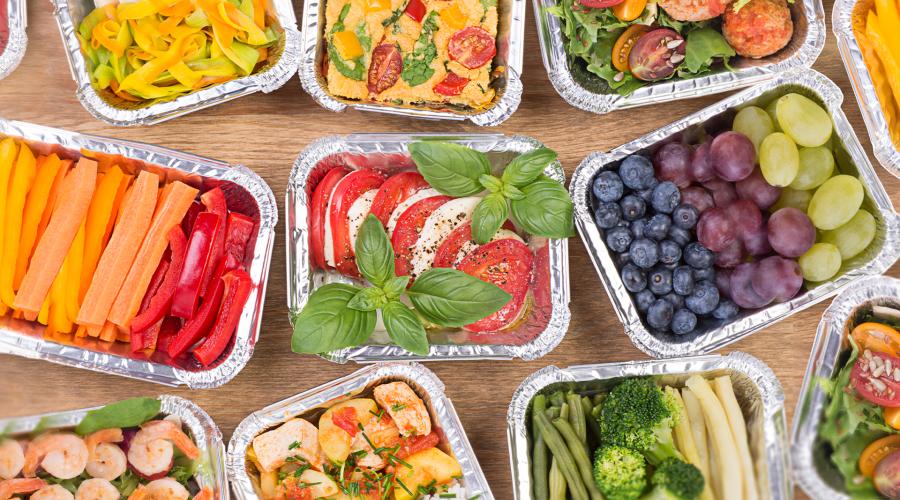
Meal Plan Created By: Amanda Kostro Miller
We often think of diets as boring, bland, or flavorless, when in fact, the absolute opposite may be true! When we incorporate fruits and veggies of every color into our diets, we receive a variety of flavors and crucial nutrients for our overall health. That’s because each different color corresponds to a different naturally occurring nutrient.
As part of our 12 Months of Healthy Eating series, we’ve partnered with a registered dietician to bring you a custom week-long meal plan of delicious and nutritious breakfasts, lunches, dinners, and snacks that are as colorful as they are good for your heart.
Related: 12 Months of Healthy Eating: Meal Plan for Grazers
Here’s why eating colorful is absolutely magical for your heart health and your overall diet.
Why Is It Important to Eat Rainbow Vegetables?
According to Rush Medical, the distinct colors in all your favorite fruits and veggies come from phytochemicals. Phytochemicals are naturally occurring bioactive compounds. Essentially, they’re what lend vegetables and fruits their nutritious value—and their bright and vivid colors. The brighter the color, the better for you. More vividly colored produce are the most nutrient-dense, packed with vitamins, fiber, minerals, and antioxidants. Eating a wide variety of colors day to day makes for a wholesome, well-rounded diet.
Read more: Five Exotic Veggies You’re Missing
What Different Colors Mean for Fruits and Veggies
Not only does the brightness of each fruit or vegetable indicate how good it is for you, the colors themselves can help you determine which nutrients each contains. Here’s a quick primer on what every color of the produce rainbow means for your heart health:
- Red: Red produce is full of lycopene, a powerful antioxidant that can offer protection against cellular damage caused by free radicals.
- Orange and Yellow: When a fruit is orange or yellow, that means it’s full of beta carotene and beta cryptothanxin, two nutrients which supply Vitamin A.
- Green: Green foods like spinach or kale play a role in fighting cancer thanks to their chemical makeup.
- Blue or Purple: Foods which are purple or blue have strong anti-aging properties, thanks to their anthocyanins.
So there you have it! Not only is it a great idea for your overall health to incorporate rainbow vegetables into your diet, it’s also scrumptious and rewarding. Don’t believe us? Check out the heart health meal plan we’ve put together for you this month. The 7-day heart healthy meal plan PDF contains bright, fun, and tasty recipes for healthy snacks and meals like rainbow hummus pinwheels, kiwi cherry “nice” cream, and zucchini boats stuffed with chicken salad. What are you waiting for? Check out our Colors of the Rainbow meal plan and see how healthy it is over the rainbow!
Download The Printable Meal Plan
